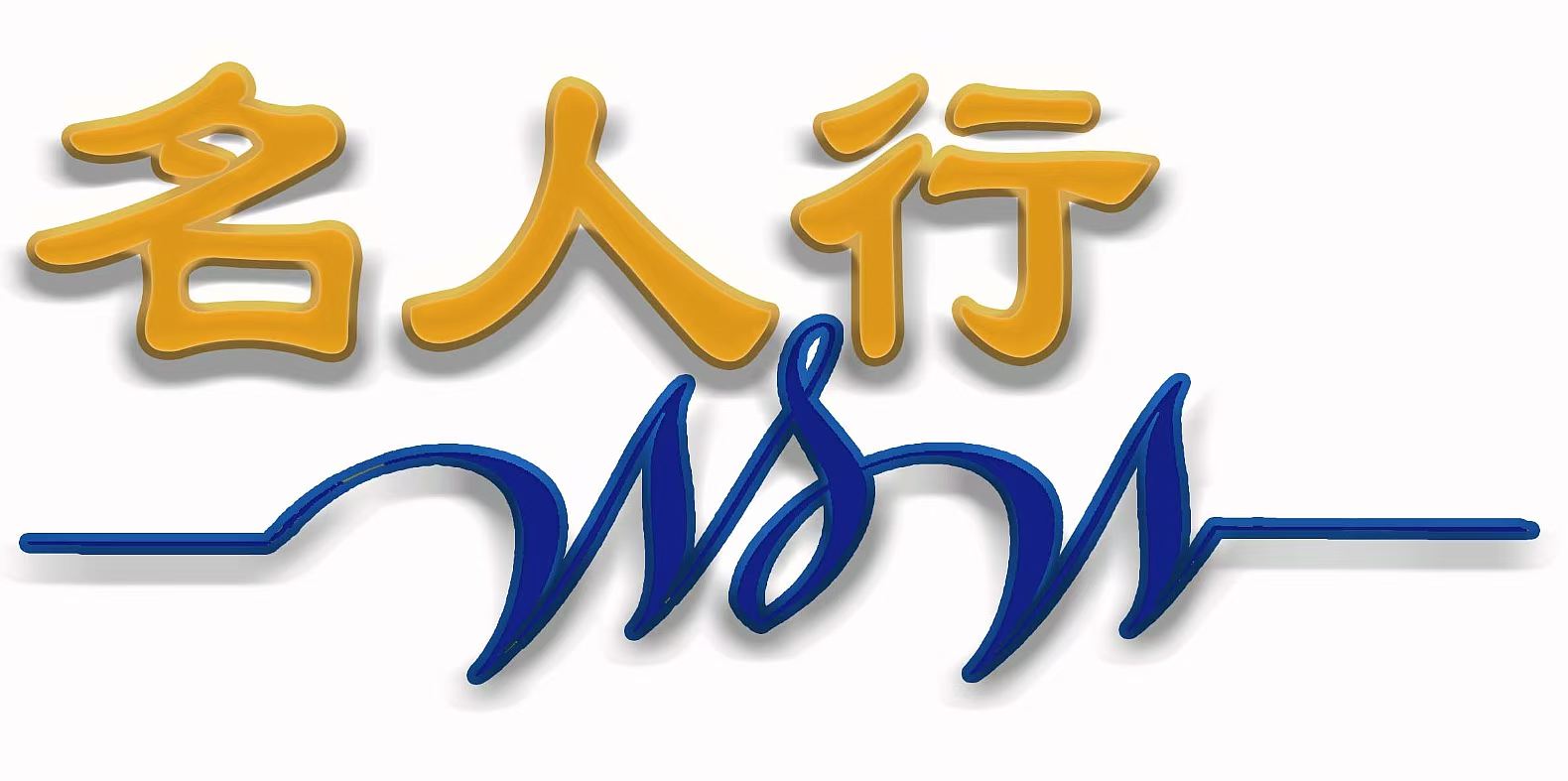The Mental Cultivation in Taijiquan
Intent (Yi) is a core concept in martial arts and Qigong. As one of the most distinguished martial arts, Taijiquan also emphasizes the cultivation of Yi. Exploring the relationship between Yi and Taijiquan, and understanding how to apply Yi effectively in practice, is essential for fully realizing Taijiquan’s combat efficacy and health benefits.
I. The Nature and Key Characteristics of Yi
Yi is the central concept in Taijiquan practice. As stated in the classic Thirteen Postures Song:
"In every posture, store the mind and deliberate intent; mastery arrives without strain. If asked about the standard for form and function, intent and energy reign, flesh and bone serve. Ponder deeply the purpose—eternal youth and longevity are its aim."
Grandmaster Wang Peisheng once remarked, "Taijiquan is a martial art of intention." Yi, as a guiding force, permeates nearly all traditional Chinese martial arts and Qigong practices, integral to every stage of cultivation. But what exactly is Yi?
The Lingshu·Ben Shen explains: "What the heart recalls is called Yi." Laozi advised: "Excessive words lead to exhaustion; better to hold to the center." The Qinghua Secret Texts emphasize: "From start to finish, the path of the golden elixir cannot be separated from intent." The Yuping Jingstates: "Spirit and energy circulate swifter than lightning; swiftly return the divine light to illuminate the inner self—thus illness heals, and one attains self-governance." The Huangdi Neijingfurther clarifies: "When spirit is guarded within, how can disease arise?"
In modern terms, Yi is a function of the brain, rooted in the objective world. Through feedback via language, imagery, and movement, it constructs, reorganizes, and optimizes the balance of Yin and Yang within the body, unlocking latent potential. It is the cornerstone of Taijiquan and Chinese martial Qigong, guiding the entire cultivation process. Yi possesses multiple attributes, with three primary characteristics: subjectivity, objectivity, and energetic potency.
1. Subjectivity of Yi
Grandmaster Wu Yuxiang stated:
"Though the body moves, the mind values stillness. Energy must gather; spirit should expand. The mind commands, energy follows. The mind directs; spirit leads as the general."
Here, Wu highlights the critical role of Yi in Taijiquan. Ancient texts note: "The heart is the organ of thought"—in modern terms, the "heart" refers to the brain. Yi originates from the brain, transmitting commands through neural pathways to influence both internal and external movements, akin to psychological phenomena like "mistaking a bow’s shadow for a snake" or "quenching thirst by visualizing plums."
Yi also exhibits dynamic agency. During practice, especially for beginners, one must continually observe posture and movements, using Yi to check alignment and correct errors mid-form. The Thirteen Nurturing Principles states:
"Maintain an empty mind, letting each step unfold outward. Where there is rigidity, soften it with Yi; where there is blockage, clear it with Yi. If tension arises, relax and disperse it—thus the inner state naturally flows freely..."
Additionally, Yi is marked by fluidity, virtuality, and adaptability. Its focus is not bound by objective limits—it may target body parts, external phenomena, or even abstract constructs. As the Ruyao Jingdeclares:
"Within a day’s twelve hours, wherever intent reaches, action follows."
This underscores Yi’s subjective nature.
2. Objectivity of Yi
Zhang Sanfeng taught:
"Use intent, not brute force. Taiji circles unbroken. Seize opportunity and momentum; sever the opponent’s root. Every posture must flow seamlessly, like a mighty river."
Though intangible, Yi belongs to the realm of consciousness and holds objective content. It includes external and internal focuses.
· External Yi: Visualizing one’s own or others’ movements, or invoking uplifting imagery (e.g., "sit like a bell, stand like a pine, recline like a bow, move like the wind").
· Internal Yi: Focusing on key points like the dantian, mingmen, qihai, or acupoints (e.g., Yongquan, Zusanli); guiding energy through meridians (micro/macrocosmic orbits); or directing attention to organs, postures, or ailments.
In foundational practice, Yi primarily governs movement, as in Taijiquan’s principles: "Intent leads form; form follows intent" and "Practice a form ten thousand times, and its intent reveals itself."Executing postures requires Yi to guide energy (qi), energy to move the body, and every motion to embody martial intent. Strikes demand calm focus, relaxed precision, and far-reaching intent—"movements short, power long, intent vast"—avoiding excess or deficiency.
3. Energetic Potency of Yi
Grandmaster Li Yiyu wrote in the Five-Character Formula:
"This is all about using intent, not force."
The generation and operation of Yi involve energy transformation. As a psychological process, Yitransmits information, which equates to energy exchange. Traditional martial practices like Taijiquan optimize energy flow within and beyond the body. Yi’s energetic nature manifests through qi. Scientific studies with Qigong masters confirm qi as a material energy produced by blood and bodily fluids, carrying bioactive signals.
Practitioners often experience the "eight sensations": warmth, coolness, numbness, itching, heaviness, lightness, expansion, or subtle vibrations. Others report internal movements (e.g., gut rumbling, meridian flows) or sensory phenomena (e.g., tingling, visual hues). These phenomena validate Yi’s energetic potency.

Comments (0)
No comments